Volleyball hand signals are our secret code on the court. Whether you are seasoned pros or casual weekend players, using these gestures helps us to communicate quickly and effectively during the fast-paced action of a game. These signals give us the power to coordinate our team’s movements without shouting over the noise of a cheering crowd or the whistle of the wind.
As we rely on these concise gestures, we can convey complex strategies between teammates. From indicating the type of serve to calling out defensive formations, mastering volleyball hand signals is essential for seamless teamwork. And it’s not just us players who benefit; referees also use hand signals to maintain clarity and control of the game, ensuring everyone understands their calls.
Understanding volleyball hand signals intensifies our connection on the court, creating a silent language that says much more than words ever could. It’s like having a strategic advantage quietly tucked into our playbook, shared through a series of meaningful motions.
Basics of Volleyball Hand Signals
We all recognize that volleyball is not just a physical game, but also a silent conversation on the court. Crucial to that conversation are the volleyball hand signals that help players communicate their strategies without saying a word.
Understanding the Silent Language
Volleyball hand signals are a non-verbal method for players, especially the referee and the setter, to convey their intentions and decisions. During the game, it’s vital to watch for these signals to understand the upcoming play or referee’s call.
Using hand signals, the setter secretly informs their teammates about which type of set they plan to use next. The following are frequently used by setters:
- One Finger: A high set to the outside hitter.
- Two Fingers: A set to the middle blocker.
- Open Hand: A set to the back row player.
Offensive Hand Signals
Volleyball hand signals are crucial for orchestrating offensive plays without tipping off the opposition. Let’s dive into the specific gestures used by setters and hitters to communicate their game strategy.
Setter’s Signals
The setter is the master coordinating the offense, and their hand signals guide the timing and type of attack. A commonly used signal is the 4 fingers gesture, representing a middle attack, designed for quick hits close to the setter.

Another specific signal is the gun symbol, usually meant for an outside hitter which indicates a low arching outside set, requiring precision for effective execution. Moreover, setters can call a push 1 for a meter ball or a 3/shoot for a fast ball to the antennae, displaying the creative array of play combinations they orchestrate.
- High Ball Set: Raised fingers or an open palm
- Combination Play: Sequential finger signals or hand movements behind the back
- Second Step Tempo: Two fingers quickly tapped on the palm
Hitter’s Signals
Hitters rely on sensitivity to communicate their next move. Back 1 might be signified by a single finger pointing downward, alerting the middle hitter to prepare for a quick behind-the-setter strike.

Hitters can also signal for a shoot set—a flat, fast approach to the opposite hitter—by showing a horizontal palm signal to the setter. Mastery of these signals is essential as hitters cue their preparedness and preferred set type to their setter amidst the intensity of the game.
- Outside Hitter: A quick flick of the outside hand’s fingers
- Opposite Hitter: A discreet tap on the opposite thigh or swing of the arm
By understanding these volleyball hand signals, we foster silent but powerful communication on the court, enabling split-second decisions and a fluid, dynamic offense.
Defensive Hand Signals
Philip and me rely on volleyball hand signals to quickly communicate defensive strategies without giving away our plans to the opposing team. These signals are essential for us coordination and ensuring everyone on our side is prepared for what’s coming.
Blocker’s Signals
Middle Blocker:
- Single Block: When we’re targeting a left side attack, the middle blocker might hold up one finger to signal the team’s intent to perform a single block.
- Double Block: To defend against a right side attack, two fingers may be raised, indicating a double block.

Left and Right Side Blockers:
- The blockers might use their thumbs pointing in a specific direction to communicate the side they’ll cover.
Defensive Strategy Signals
Back Row Attack Defense:
- For a back row attack, a defensive player might use a slashing motion across their chest to indicate the need for a shift in our back row positioning.
Penalty Anticipation:
- To prepare for a potential penalty from the opponent’s side, blockers will keep a close eye on the other team’s signals and adjust ours accordingly.
Our volleyball hand signals are essential in setting up an impenetrable defense. They guide us on where to position ourselves and what to anticipate from the attacking team, ensuring that we operate as a cohesive unit to effectively counter our opponents’ moves.
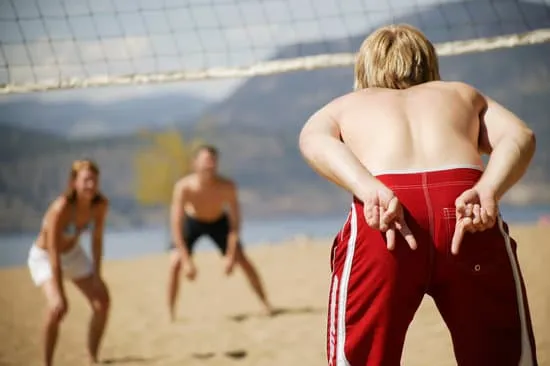
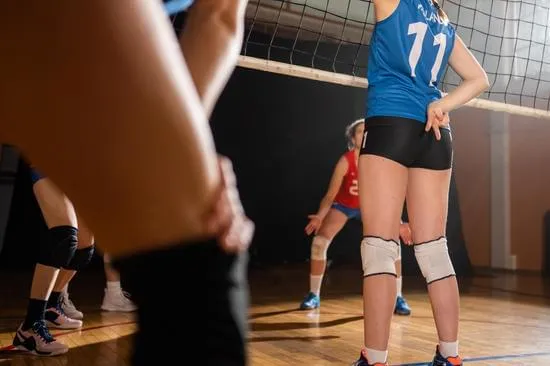
Referee’s Hand Signals
We all know that volleyball hand signals are crucial for smooth gameplay; they act as the language also referees use to communicate decisions quickly and clearly.
Serve: An official extends an arm to indicate who serves. When we see this, we know it’s time to focus and start the rally. If there’s a delay in service beyond the eight seconds, the official signals by rotating their forearms around each other.
Let: Sometimes during a serve, the ball grazes the net but still lands in. This is a ‘let,’ and the server gets another opportunity. The signal? An official’s hand quickly brushes over the net.
Rally: This is the heart of the game, with both teams exchanging hits. To keep the action clear, referees use their hands to signal points, touches, and faults. Action Referee Signal Ball In Arm pointed towards the court, palm down Ball Out Arm extended outwards, perpendicular to the body Touch Fingers brushed over the opposite arm’s fingertips Net Fault Hand over the net’s height
Location & Lines: The referee indicates where the ball landed if there’s a dispute. This is done by pointing to the specific location or line.
Time-Out: Coaches signal this by forming a “T” with their hands. It gives us a moment to regroup, strategize, and catch our breath.
Substitution: When it’s time for fresh legs, a circular motion over the head signals a player substitution.
Through these volleyball hand signals, everyone — players, officials, and fans — stays informed and engaged with the game’s rhythm. We rely on them to help us communicate quickly and effectively, ensuring the game runs smoothly without interruption.
Foul Signals
When it comes to fouls, the first referee is primarily responsible for taking charge. They might display a closed fist indicating a ball is held or thrown, or use a yellow card for a warning or a red card for a more severe penalty. A common violation, double contact, is signaled with a two-finger gesture, while screening, or blocking the opposing team’s view, is indicated by holding the hands above the eyes. A line violation might be called with a pointed flag where the infraction occurred.
- Illegal blocking is shown when the referee raises both hands above the head with palms facing forward.
- For a ball touched signal, the referee will touch the tips of their fingers, indicating the ball was touched by a player going out of bounds.
- The signal for four hits by a team is very straightforward: the referee shows four fingers.
Play Calls
As for play calls, we see a blend of both referees in action. The first referee has the authority to stop the play and signal for a replay by rotating their forearms around each other. In instances of an illegal substitution, the second referee stretches one arm across the chest and points with their other hand toward the offending team’s substitution zone.
- A valid point is usually signified by the first referee or second referee with an arm extended towards the team that won the rally.
- For more complex situations like a double fault on both sides, they might perform a circular motion with one hand.
Each signal is precise, leaving no room for ambiguity in the fast-paced game of volleyball.
Frequently Asked Questions
What are the interpretations of the various referee hand signals in volleyball?
Referee hand signals in volleyball provide quick and clear communication of their rulings. For instance, the referee will raise a forearm vertically, palm facing inwards, to signal a ball “in,” while a raised hand with spread fingers indicates a “lift” or “carry” foul. Learning these signals helps players, coaches, and spectators to follow the game more closely.
Can you explain the meaning of showing 2 fingers by a volleyball player?
Showing 2 fingers by a volleyball player usually indicates a signal for a specific type of block or attack strategy. For a blocker, it could mean positioning to block the opposing team’s second hitter. As for setters, it might indicate the type of set that will be played.
What does the hand signal of 4 fingers indicate in a volleyball game?
When a player shows 4 fingers, it often signals a four-hit sequence or even a specific play call regarding the hitters’ approach. It’s a form of non-verbal communication to align teammates on the next move without tipping off the opponent.
What do volleyball hand signals indicate about team strategy and positioning?
Volleyball hand signals are essential for silent communication regarding strategy and positioning. They can indicate which type of serve will be executed, where defenders should position themselves, or the type of attack the hitters should prepare for. Being adept at using and interpreting these signals gives a team a competitive advantage.
We hope you could find some valuable input about volleyball hand signals. We would be curious about your strategy: How do you use volleyball hand signals in your team? What is your secret? Let us know in the comments.
If this article was helpful you also might like our post about Rotation in Volleyball.

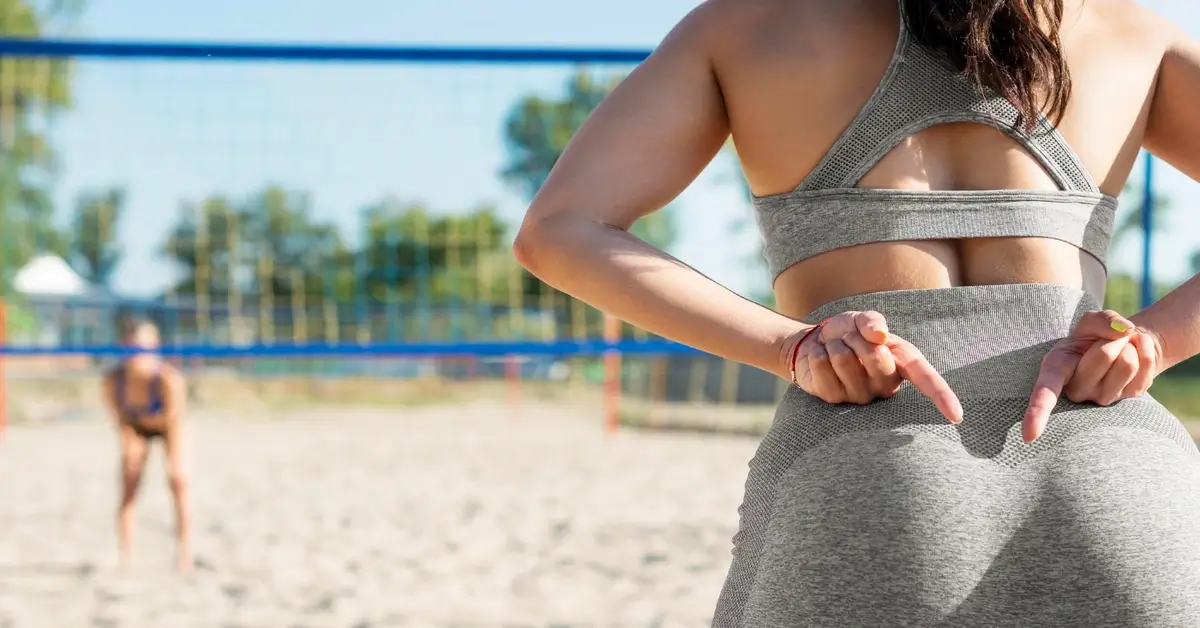

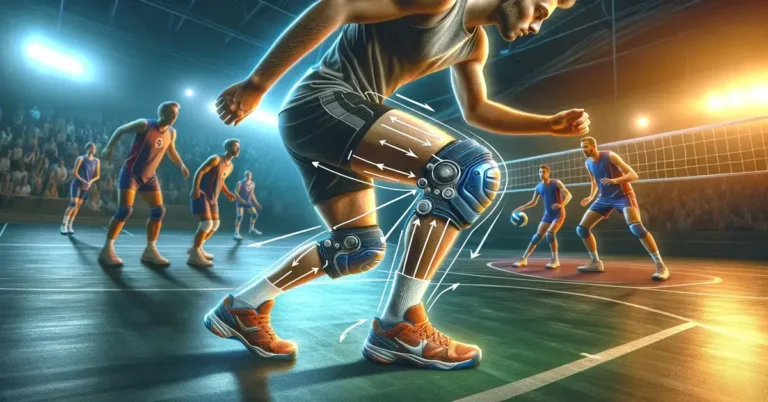
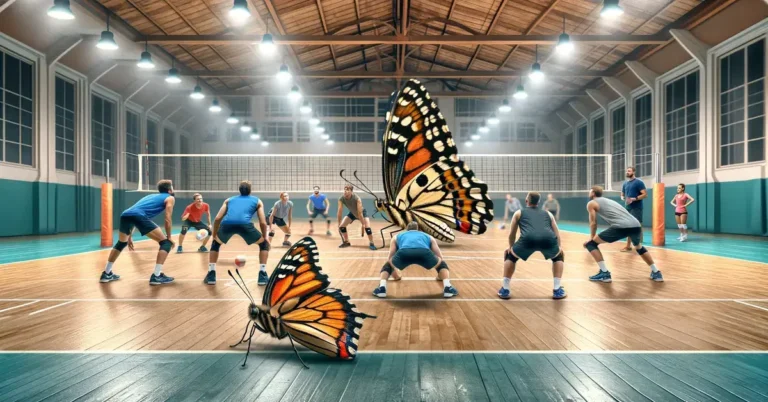
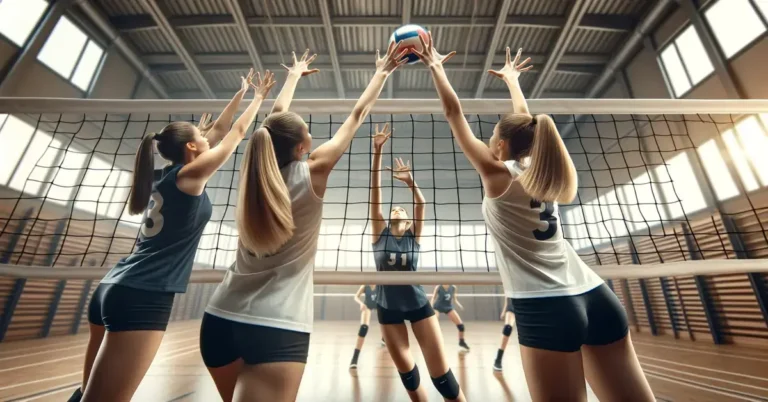
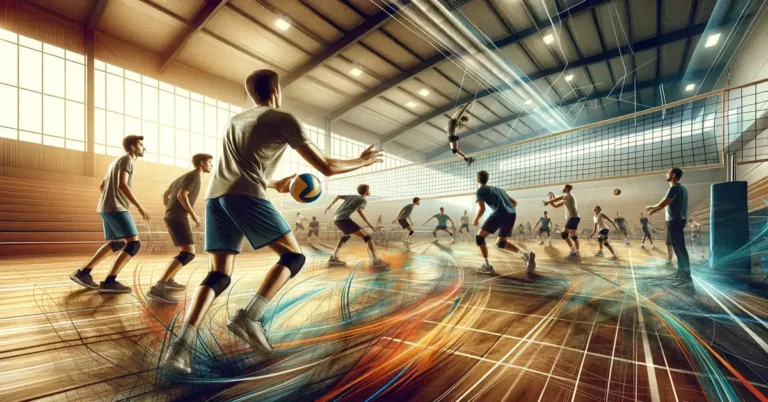
Thanks for sharing. I read many of your blog posts, cool, your blog is very good.